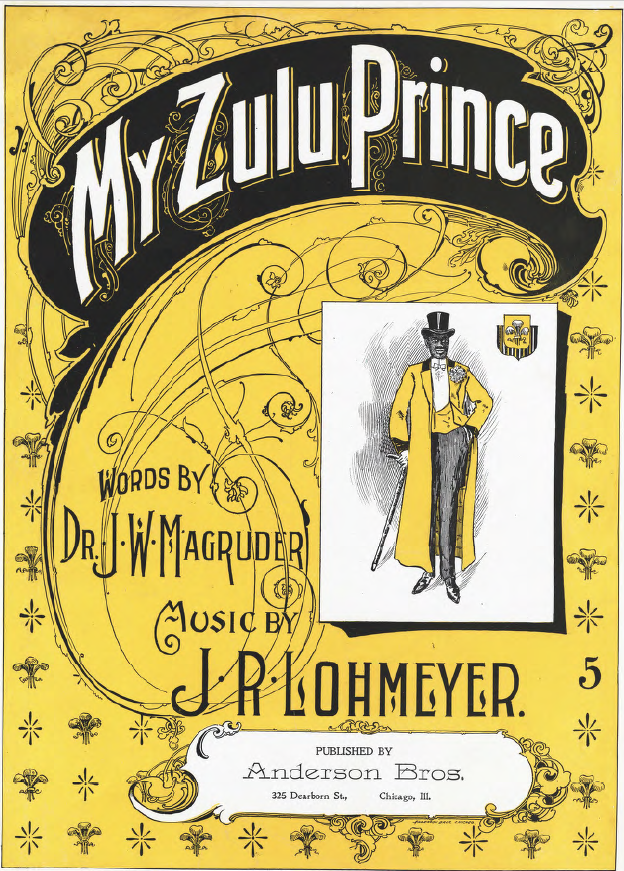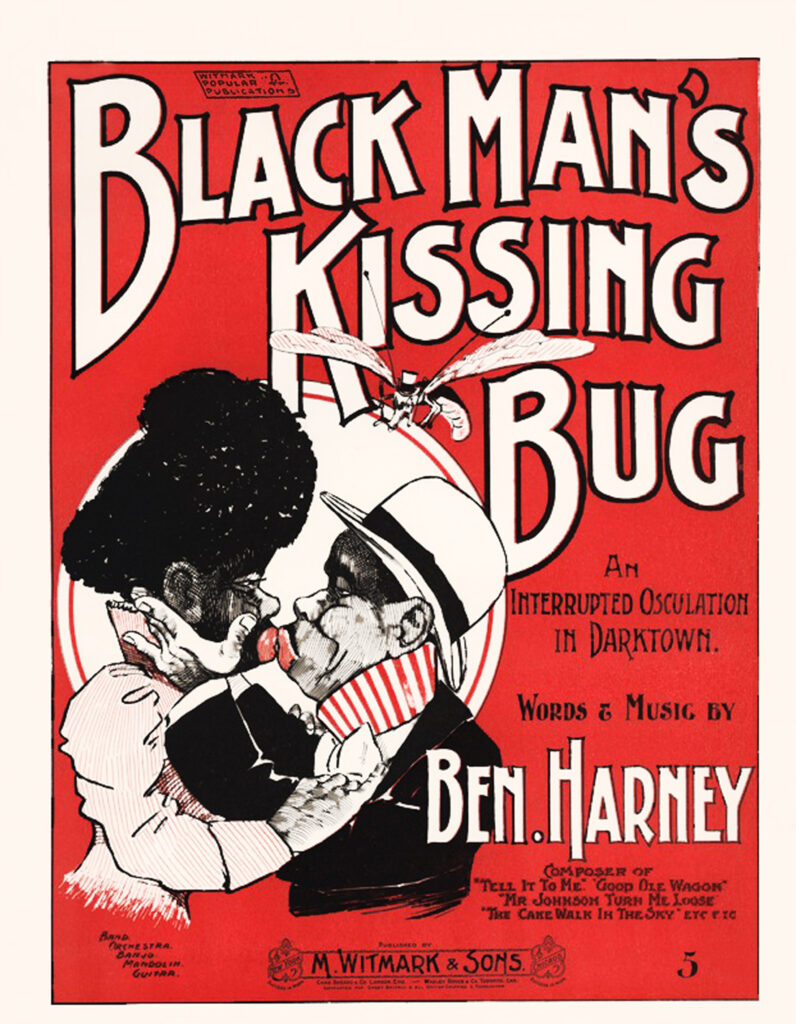
A cover from 1899

sung from African-American sheet music

The following was taken mainly from Wikipedia. Reformatted and edited.
Often known as Billy Whitlock, he was a significant figure in the early days of American entertainment, particularly in the minstrel show tradition.
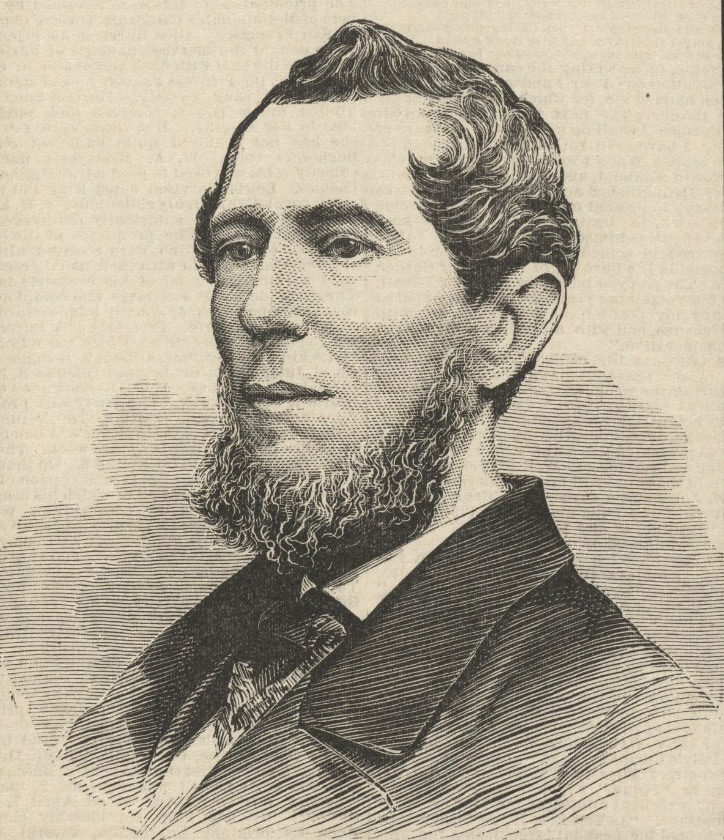
1846 lithograph illustration of minstrel Billy Whitlock
Continue reading “William M. Whitlock, minstrel”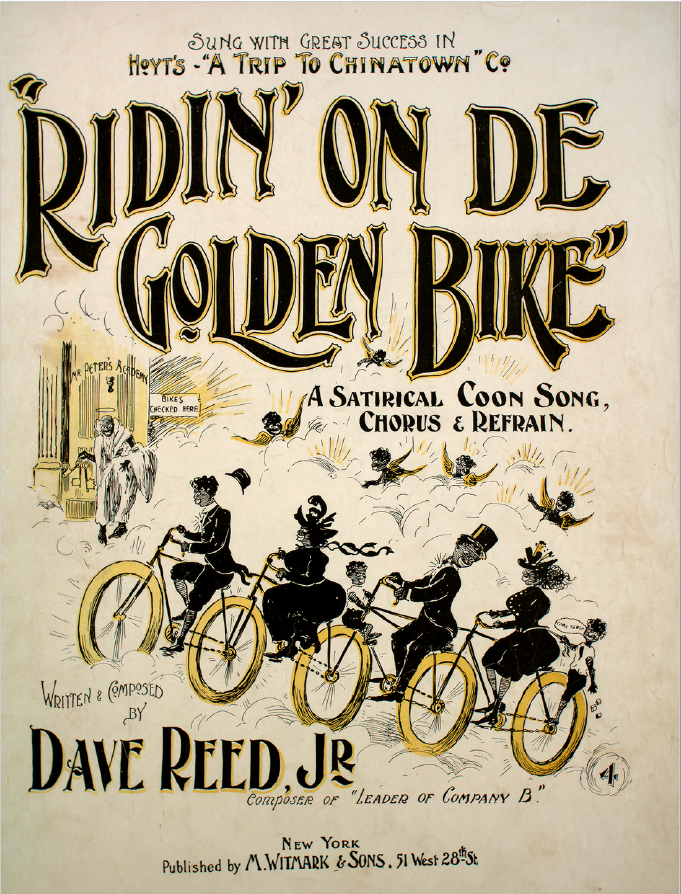
George Washington Dixon (1801 – March 2, 1861) was a notable American singer, stage actor, and newspaper editor. He is often recognized as one of the first American performers to gain fame through blackface minstrelsy, a unique form of entertainment.
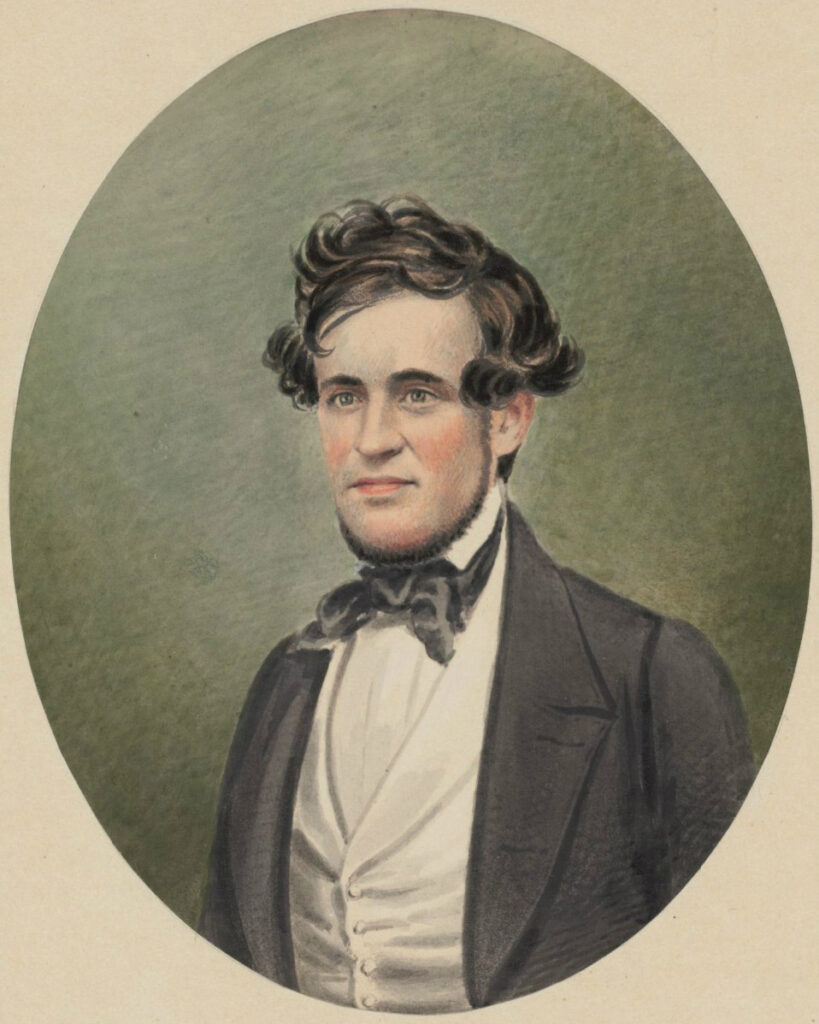
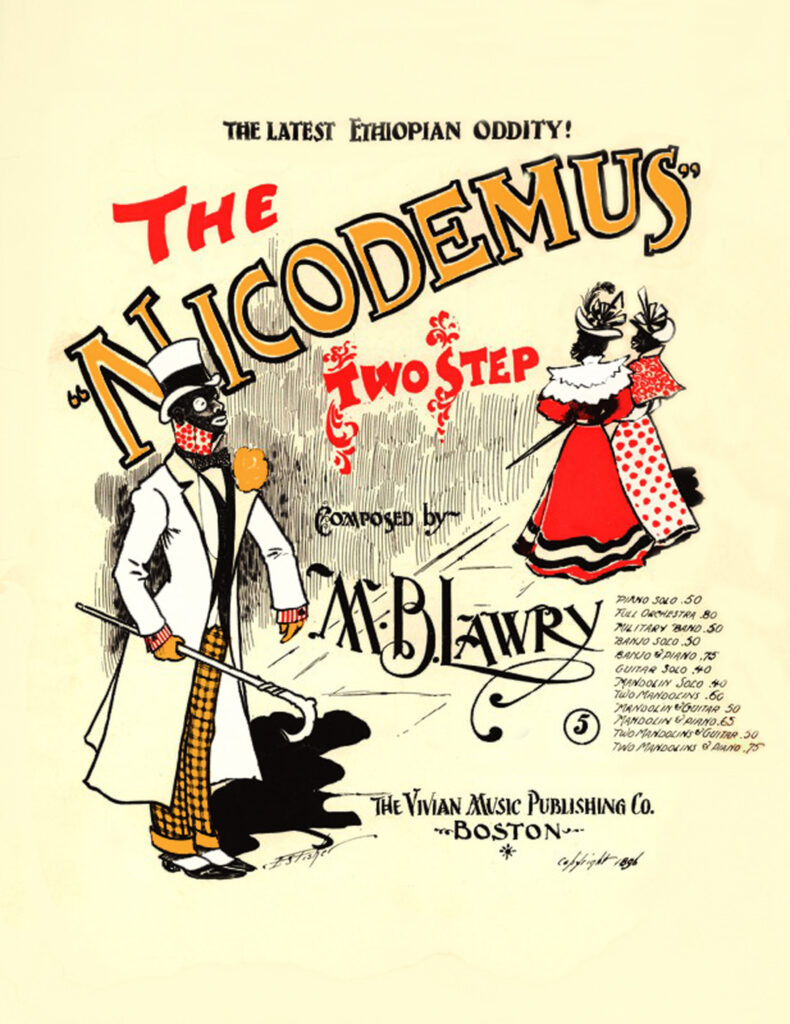
In the 1820s, minstrelsy was in its early stages and primarily consisted of informal performances by white entertainers who would blacken their faces with burnt cork or shoe polish to emulate African Americans. These early minstrel performances were often part of larger variety shows and were not yet the structured, full-length productions that would develop in the following decades.
Continue reading “Minstrelsy in the 1820s”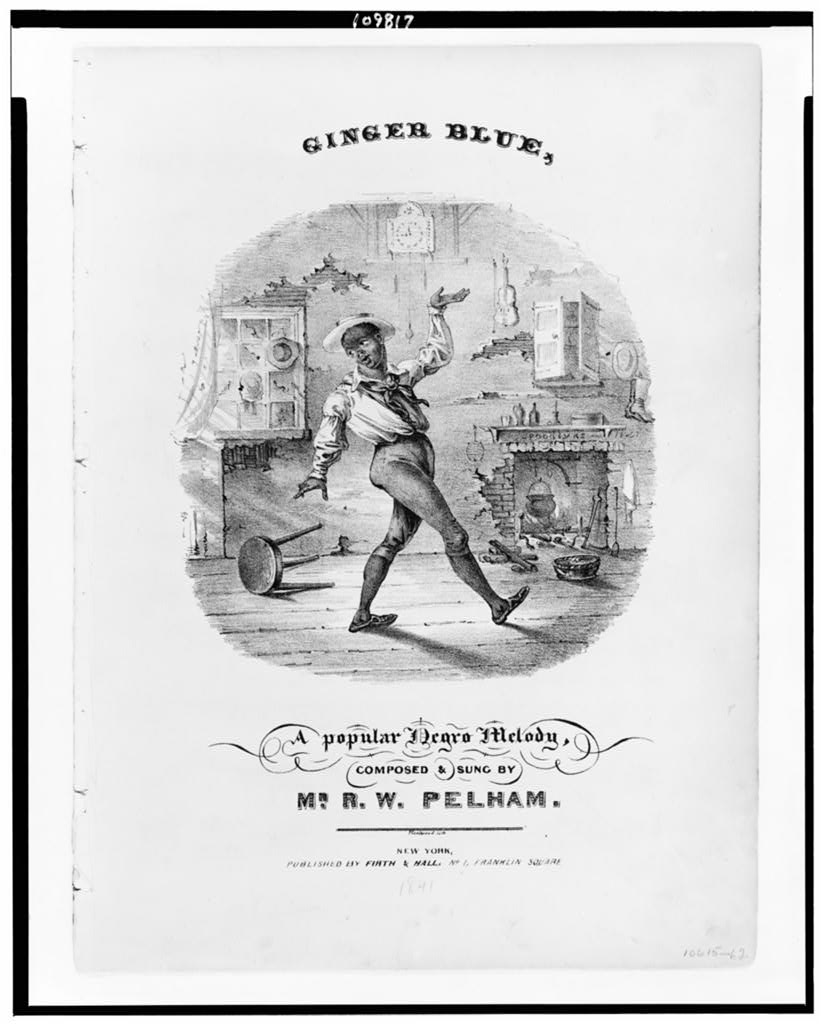
Let straighten something out. The term ‘coon’ described a person of lower class. In the song “All Coons Look Alike To Me” the black woman singing these words preferred a fine, upstanding black man. That song was written by a wonderful black man, Ernest Hogan.
The song Bedelia which can be found on this channel refers to an Irish woman as coon.
Continue reading “Coon wasn’t racist until 1910”